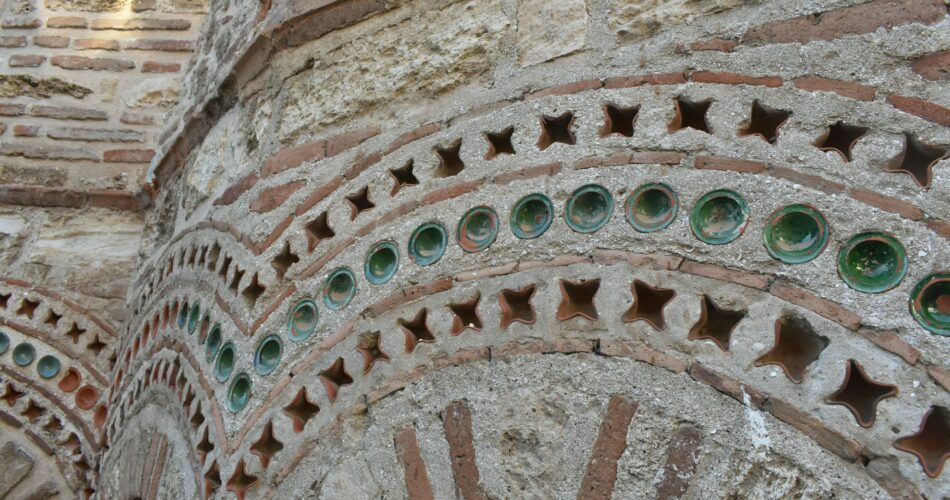This is a beautiful thing.
After more than 650 years of closure due to the devastation of the Black Death, two historic churches in Kent have reopened to the public in a momentous event. The churches, Dode and St. Benedict’s at Paddlesworth, located just 1.5 miles apart, celebrated their simultaneous reopening on Sunday.
Dating back to the early 1100s, these churches were once vibrant centers of Christian life. However, the Black Death in 1349 led to the complete depopulation of Dode, leaving only the church standing. The parish priest was subsequently transferred to Paddlesworth, and Dode fell into disuse. Douglas Chapman, who acquired Dode Church about 35 years ago, has dedicated decades to its restoration. The church’s Norman stonework, foundational elements, and roof design are of significant interest to those studying historical Christian sites in the UK.
Chapman described the restoration as a “labor of love,” detailing the extensive efforts needed to restore the church to its former glory. “It had been locked up for over 600 years,” he told the Metro, noting that while the roof was replaced in the early 1900s, the building had suffered severe neglect.
When Chapman first took ownership, the church was in a dire state, having been partially desecrated and even used as a rural “drugs den.” Over the next decade, he meticulously cleaned and restored the site, reinstating original features and adding modern amenities like electricity and water. “The place hadn’t been touched since 1367, when the priest was moved to Paddlesworth after the population of Dode was lost,” he reflected on the extensive restoration journey.
The reopening event allowed visitors to explore a scenic trail connecting the two churches, offering insights into the North Downs’ rich history. Chapman noted that, while the churches were always well-attended, they were not overcrowded, and people historically walked between them. “It’s the first time the churches have engaged in such a joint event,” he said.
Both churches are nearly identical in design and were built around 1100, during the latter part of William the Conqueror’s reign. Although there is speculation about a mass grave beneath or near Dode Church, Chapman has declined to permit archaeological excavation.
Visitors will have the opportunity to view a photo exhibition, historic maps, and documents, including one from 1367 when the parishes of Dode and Paddlesworth were unified. Chapman also shared a local legend suggesting that Gundulf, the Christian bishop who built Dode Church, may have inspired J.R.R. Tolkien’s Gandalf. “Tolkien, a Medieval history professor, would have known about Gundulf. It’s a fascinating theory that Gundulf became Gandalf,” Chapman mused.
Dode Church will be available for weddings and naming ceremonies and will open to the public every six weeks. St. Benedict’s Anglican Church can be visited upon request. Chapman expressed his pride in the restoration, hoping visitors will appreciate the historical significance and the work involved. “People will get to experience two ancient churches and see the history and effort that went into restoring them,” he said.
